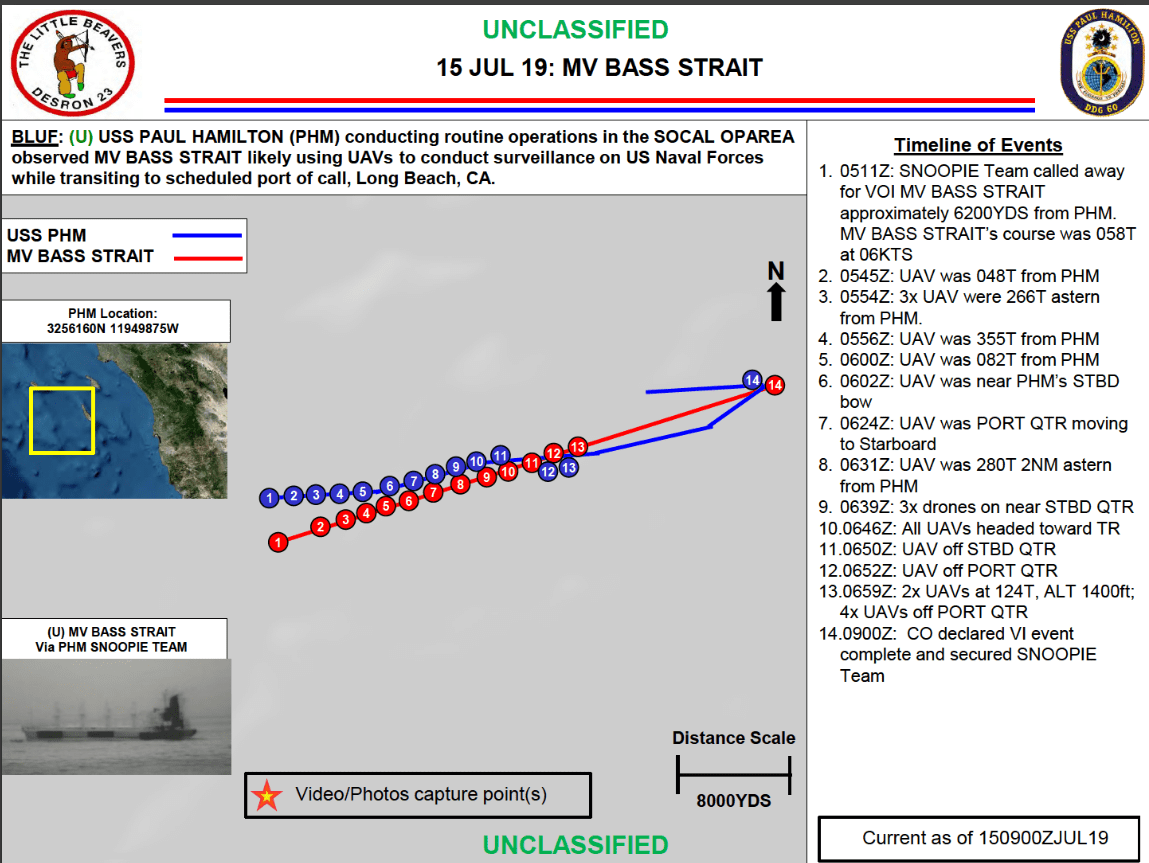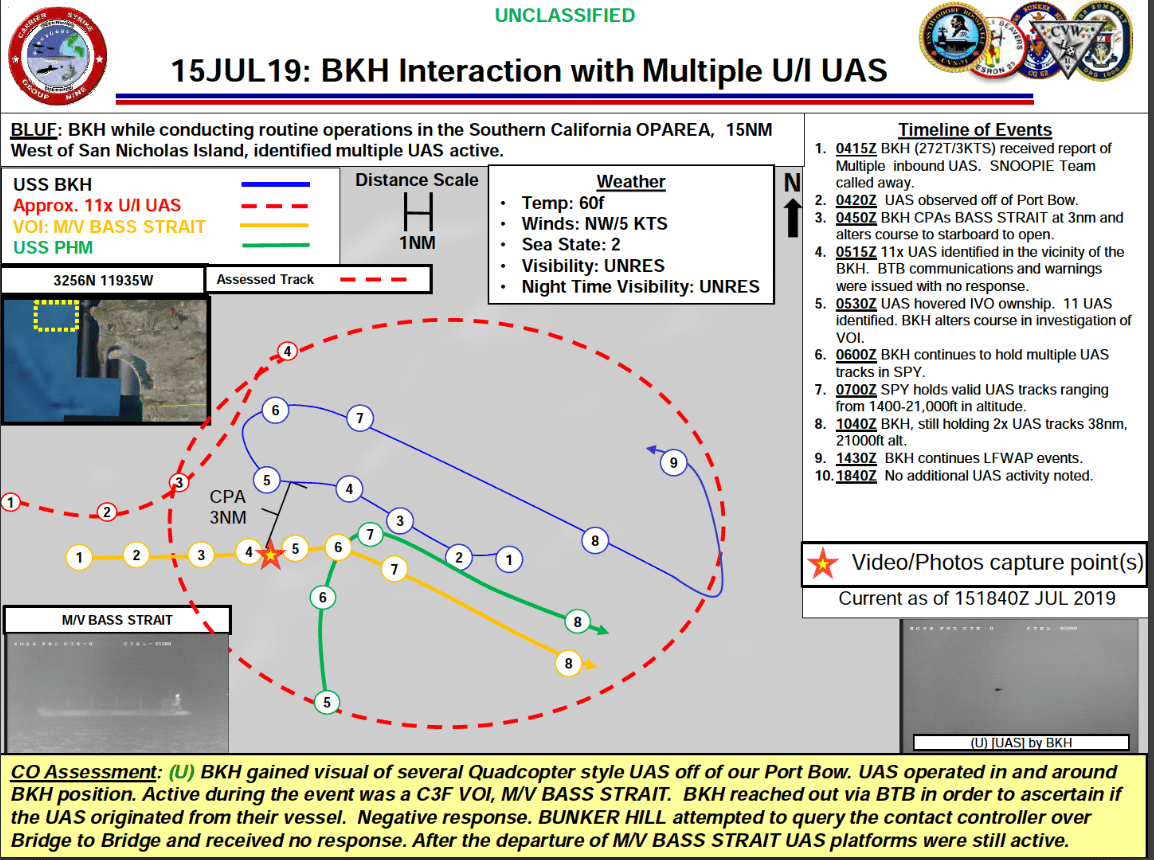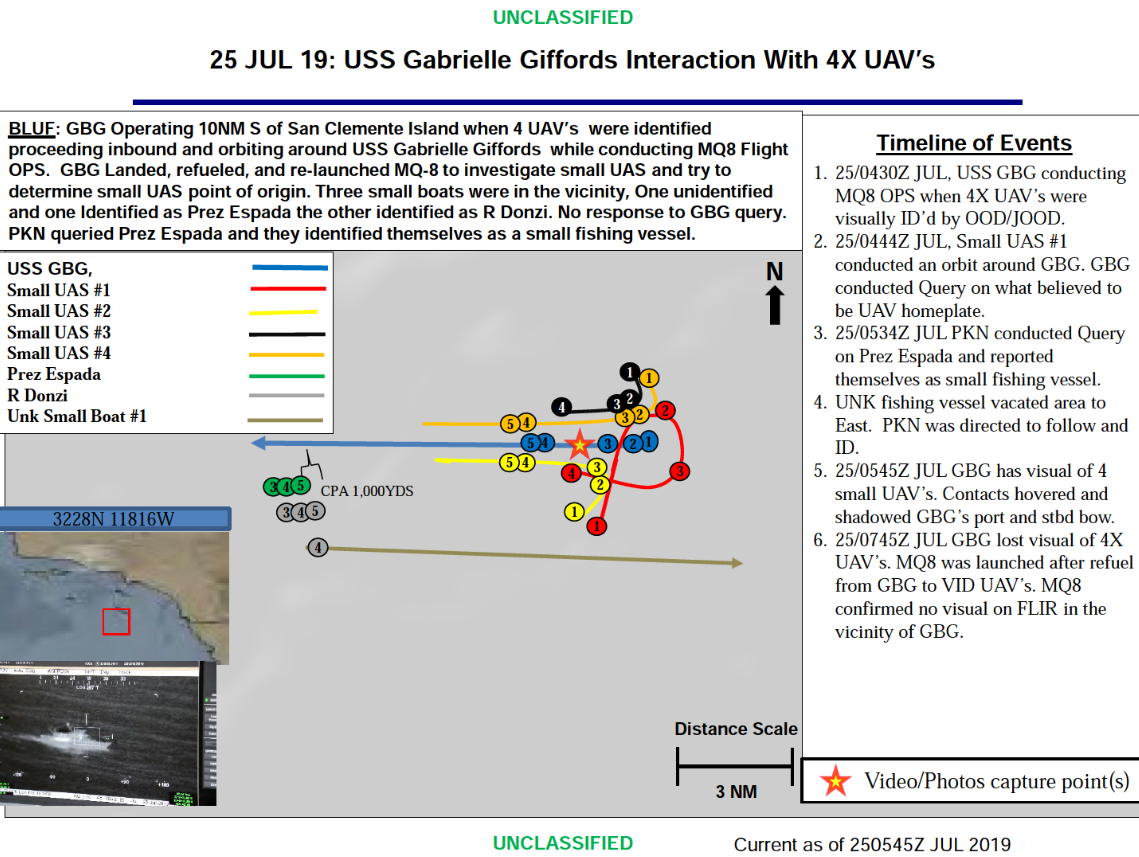I'm not convinced by their probability argument because we aren't just talking about "weather events" or "birds". We are talking about very specific observed "UAP" phenomena to which the weather phenomena or birds would have to somehow conform if the weather or birds are to serve as the explanation of the observations.
Which is why those explanations are not given to every UAP sighting by default. They are given to those UAP cases where consideration of the evidence available leads to a reasonable conclusion of such.
It's not a case of "birds are more probable events overall, therefore we must assume birds before anything else". To think that that is what happens is nonsense.
What's more, we are supposed to believe that a whole series of these supposedly common high-probabity events somehow came together in just such a way as to explain all aspects of the UAP report. And that coherence will be less likely by its nature.
Less likely than the individual elements, yes, but is the overall probability still higher than something like aliens, or superhumans from the oceans etc? Almost certainly: yes.
I mean a bird that's able to stay ahead of an F-18 jet fighter and able to display the lateral velocities necessary if the camera images are to be explained by parallax, would suggest a bird able to fly at something like 500 mph. That would be an extraordinary zoological discovery if true and it seems very unlikely, given what is known about birds.
Indeed. Which is why the evidence needs to be examined as objectively as possible, and the likelihood of errors in interpretation understood and accepted. Just crowing that "oh, he's a pilot, he has nothing to gain by lying, so he can't be wrong", for example, is not going to appeal to anyone other than someone who already wants to believe.
A bird able to keep pace with jet fighters and also able to conform with the radar observations, ascending and descending to the edge of space at what appear to be ballistic missile velocities, would seem to me to be vanishingly unlikely.
Sure, which is why the "it's a bird" explanation may not be a reasonable explanation. But it also relies on the accurate interpretation of all the other evidence, the ruling out of errors, of glitches etc, and anything else which, as a combined set of circumstances, is more likely than an explanation of "it's aliens! It's superhumans from under the ocean!" etc.
It may be that "it's birds!" is not appropriate, but that in itself is not justification for jumping to the other. "I don't know" remains, in my view at least, the most honest conclusion of them all. One can speculate, sure, and speculations can be fanciful or reasonable. "Aliens" etc is fanciful.
If we start out with the a-priori assumption that the probability of the UAP is zero, then any mundane explanation that has any likelihood at all, however small that likelihood is, will be more probable.
This is a nonsense statement. No one disputes that there are observations that are UAPs. It is the explanation of them that is in dispute, and the likelihood of speculations that is debated, not that the observation is of a UAP.
Now, as to when a UAP becomes classified as "Identified", whether it needs absolute proof of identification or just a widely held acceptance of what it is, I don't know. But if there is any reasonable doubt it must surely be still classified as "Unidentified", and as such no-one has an a priori assumption that there is nothing that remains unidentified. There are those who have the a priori assumption that the phenomenon is not "aliens" or "superhumans from under the ocean. I count myself among them, but again it is an assumption, and assumptions can be overturned with weight of evidence to the contrary.
So don't conflate "not a UAP" with "not an ET or superhuman" etc.
But we don't really know that the probability of the UAP is zero, do we?
UAPs currently exist. Period. It is proven, simply by having one case that currently defies reasonably identification. So the probability is 1.
If you mean the probability of "aliens" or other fanciful explanation, then it is a non-zero probability but for all practical purposes one might as well consider it zero. At least in the view of most scientists. "Experimental aircraft" would not be so fanciful an explanation, but certainly speculative, depending on how far above current understanding of physics we're talking.
If in fact experimental aircraft prototypes are being tested out there, or (horrors!) space aliens are really buzzing us in their high-tech craft, then the probability of those things happening would be one (certainty) just by definition.
Sure, proof makes the probability 1. Until we know, we can only go by what we
do know, and that is that explanations such as "aliens" are vanishingly slim. Prototypes... a greyer area, depending on what is being claimed about performance etc.
Except that we don't know what it is that people are seeing, so we don't seem to be in any position to assign a probability to it.
Agreed. First we need to get behind the initial interpretations that can bias any future understanding. Then we need to remove any possibility of errors, glitches, in hardware etc - such as interpretation by IR cameras that might make a source seem to disappear, when all that is happening might be an algorithm issue in the detector etc.
Again, I come back to "I don't know" as the most reasonable conclusion for some of the cases, although many will be a case of "likely X, Y, Z" (being mundane explanations).
We can all agree with a strawman. Fortunately science doesn't operate the way MR suggested, so agreeing with it is just as irrelevant.








